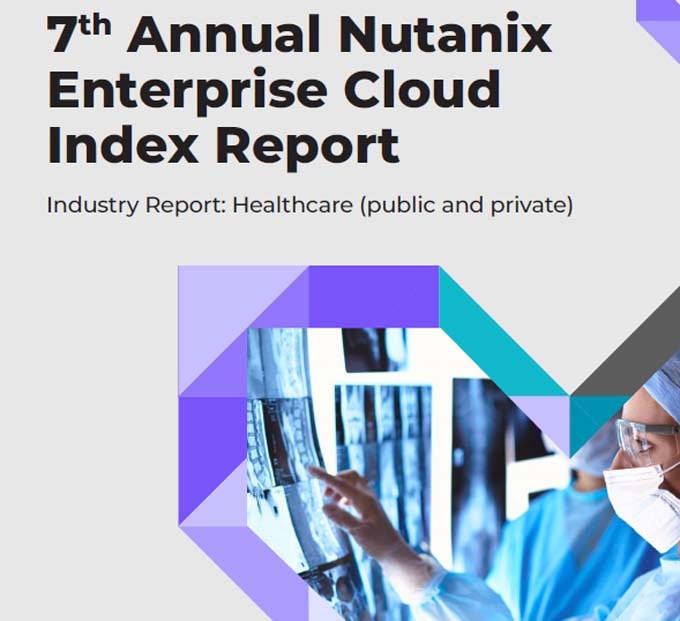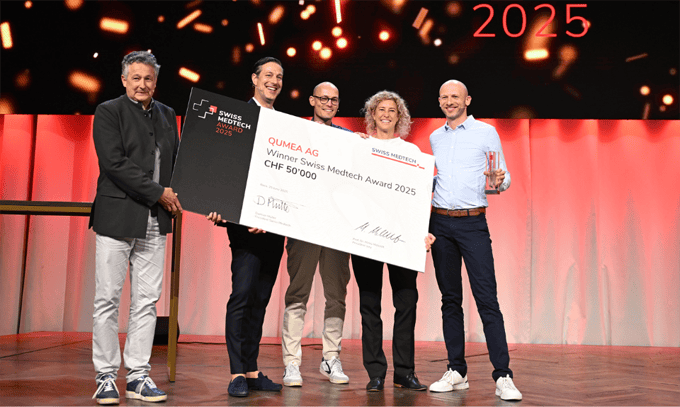Securing and developing knowledge within the company
Digitization has become an indispensable part of many companies. It can also support us in securing knowledge in the company on the one hand and developing it further on the other.

As a general rule, processes must first be streamlined before they can be digitized, otherwise the solution will be too costly and the overview will not be improved. Thorsten Dirks, CEO of Telefónica Deutschland AG, once put it aptly: "If you digitize a shitty process, then you have a shitty digital process. For this reason, processes must first be streamlined and redesigned together with the employees involved, and then lived out in day-to-day business.
Lean Digital - first streamline processes, then digitize them
The digitalization of processes also makes sense when employees involved in the process cannot always be physically on site, for example with global development teams, service or sales employees.
Create transparency through a digital Kanban board
Transparency can be created in a simple manner by means of a digital kanban board. Kanban means "card" in Japanese and is a system for controlling the flow of materials and production in the production environment according to the "pull" principle. Kanban is also a method developed by David J. Anderson in 2004 to map a transparent process with simple means, which makes bottlenecks quickly visible and reduces disruptions in processes through interdisciplinary teamwork (ideally through daily coordination meetings).
The following core practices are used in this Kanban method:
- Visualize the flow of work
- Limit the amount of parallel work
- Measure and control the flow
- Make the rules for the process explicit
- Implement feedback cycles
- Improve the process continuously
Digital Kanban board for use as a knowledge database
Through the digital use of such a Kanban board, it can now also be used as a knowledge database, which is not possible with an analog application (e.g. with Post-it notes) due to the non-existent data storage. Thus, all points that were once discussed and noted within the process can be retrieved at any time.
Further development of knowledge through a digital employee CIP
The best ideas often come to employees during their daily work in the process - usually at a time when there is no time to implement the idea immediately.
The last core practice in the Kanban method is called "Improve the process continuously". To implement this, a digital employee CIP (continuous improvement process) can be introduced. Ideally, this is implemented on the same software (e.g. using JIRA), if necessary even directly in the Kanban board of the corresponding process.
Here, too, it is important that the ideas of the employees are recorded transparently and then discussed in a team and implemented quickly. Simple documentation is again an important step in making the newly generated knowledge available to everyone in the company. In addition to creating transparency throughout the entire process and using it as a knowledge database, a Kan-ban board and an efficiently designed process to support it can also massively reduce the effort and lead time of projects. The method can be applied to many processes. The prerequisite is an implementation adapted to the company with the involvement of the employees concerned and a digitalization solution that can be quickly adapted to the company's own needs - entirely in the sense of continuous improvement.









